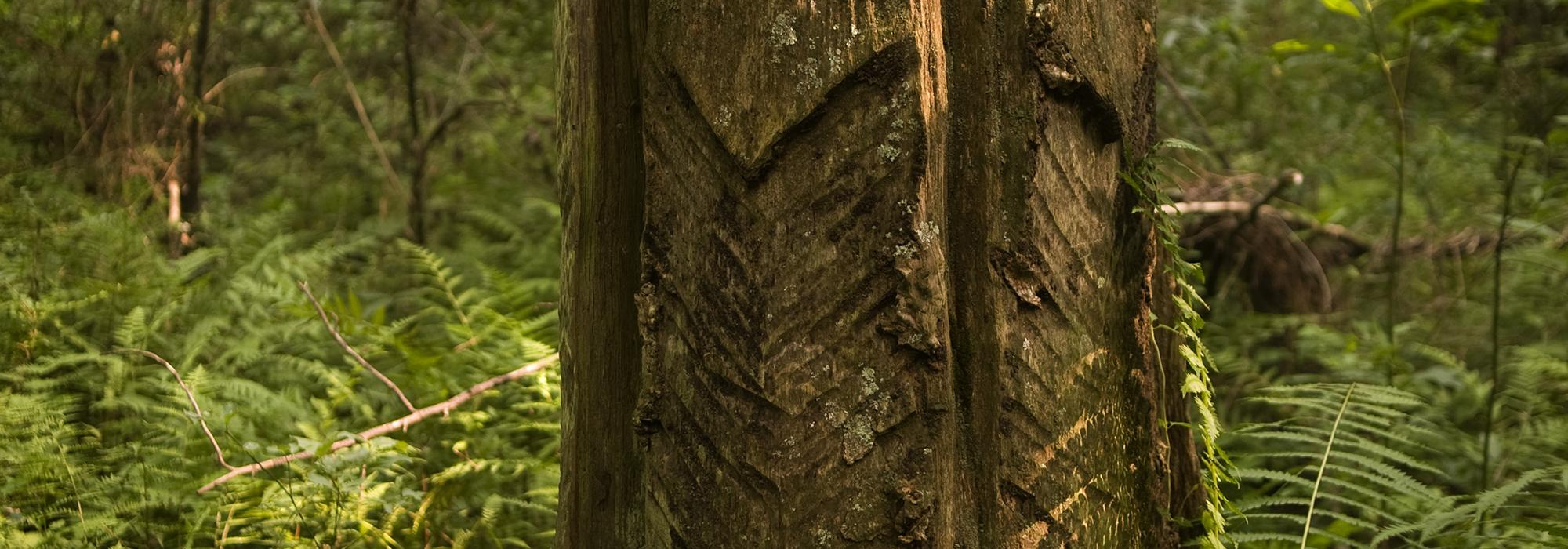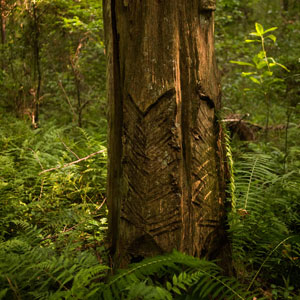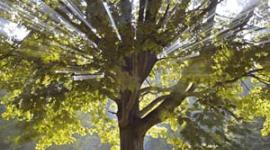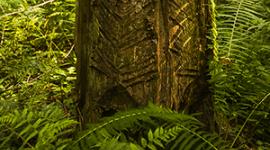Scattered throughout the Weymouth Heights subdivision and the adjacent Weymouth Woods-Sandhills Nature Preserve in Southern Pines, North Carolina, the so-called Boxed Pines of Weymouth represent a significant cultural resource. These old-growth longleaf pines bear V-shaped cuts made by former enslaved individuals and their descendants to activate the flow of resin. The resin was collected in deep gashes—boxes—cut into the bases of the trees’ trunks, before being carried away for use in the turpentine industry.
The area known today as Weymouth Heights was once called Shaw’s Ridge, named for the immigrant family who, along with enslaved individuals, harvested the local trees as the mainstay of a tar and turpentine plantation in the nineteenth century. In 1904 Pennsylvania industrialist James Boyd purchased over 2,500 acres of the forested land, which then contained the last sizeable stand of longleaf pines in the region. Boyd hired Alfred Yeomans, his nephew, to lay out a Country Place Era estate called Weymouth, and Yeomans’ plan envisioned a large park, taking care to conserve the old-growth trees on the property. In 1913 Yeomans was hired to plan the Weymouth Heights subdivision, once part of the Boyd property that also contained boxed pines. In 1963 the Boyd family sold 403 acres of land to establish the first natural area in North Carolina’s system of state parks, the Weymouth Woods-Sandhills Nature Preserve. The nature preserve’s two large stands of old-growth pines are the oldest in the nation, with some trees dating to the sixteenth century. The house and the remaining acreage of the original Boyd estate were listed in the National Register of Historic places in 1977.








